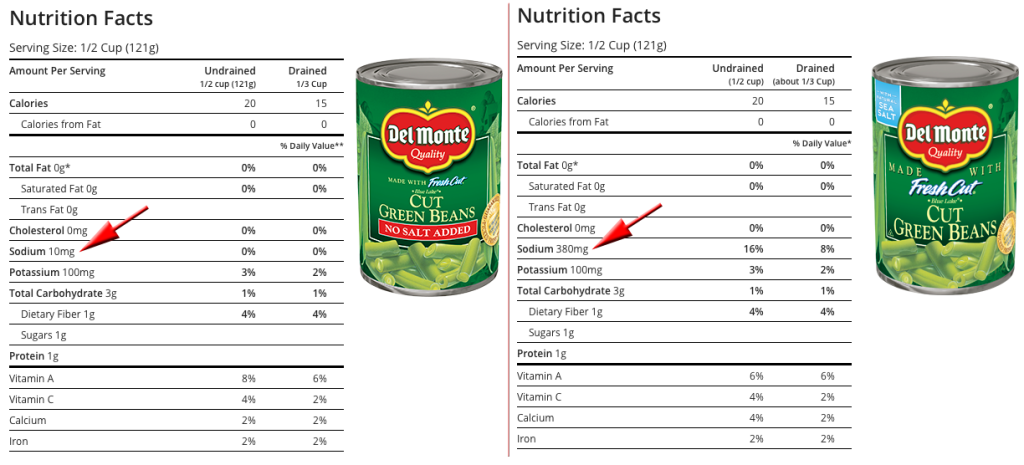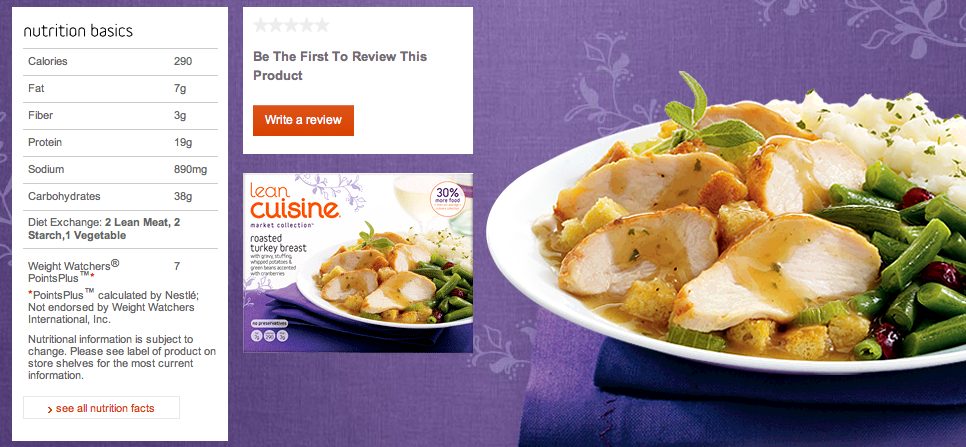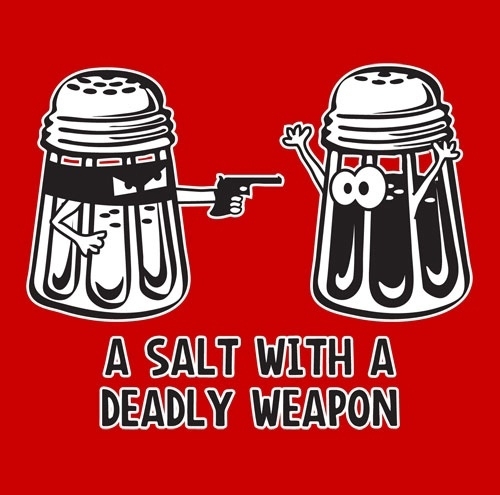By: Julia Nowak – TEAM RAGE Contributing Author (and my wife!)
One of the trickiest aspects of maintaining a healthy diet is understanding what’s in what you’re eating. It’s hard to go wrong with fresh fruits, vegetables, proteins, and simple grains. However, processed and/or packaged foods are at least part of most diets. Even if you’re doing your best to make healthy choices, food labels can be confusing, or worse, purposefully misleading. It’s in the best interest of food companies to make sure their products taste good to the consumer, and also to market them in a way that makes you feel good about buying them and feeding them to your family. It’s really up to the consumer to decipher the labels and make educated decisions about the food you’re eating.
One of the worst offenders when it comes to making healthy dietary choices is SALT. First of all, it’s important to note that sodium is not the enemy. Your body needs some sodium to help balance the fluid levels in your body, transmit nerve impulses, etc. However, this doesn’t mean you need to grab the salt shaker! Most people easily get the necessary amount with very little effort because sodium is naturally occurring in many foods. The average person should be limiting their sodium intake to 2,300 mg per day. Those over age 50, and those with high blood pressure, diabetes or chronic kidney disease should be aiming for 1500 mg per day. However, the average diet far exceeds these guidelines.
Why do we need to watch sodium? Usually your kidneys process the sodium you eat, using what you need and excreting what you don’t need. However, if you have far too much in your system you can end up in trouble. The sodium will build up in your blood, which leads to high blood pressure (as the sodium makes you hold on to more water)…which can lead to heart, kidney and liver problems.
So how do you keep an eye on your sodium intake when you’re at the grocery store? The key is to know what to look for and how to avoid unwanted added salt.
It’s not just pretzels and peanuts you need to watch—sodium is added to A LOT of processed foods. Think that can of mixed vegetables is just a can of vegetables? Think again. Most canned vegetables contain quite a bit of added salt. Check the label and you’ll commonly find one serving contains close to 15% of your daily recommended sodium intake. If fresh veggies aren’t always an option, choose frozen over canned. If canned vegetables are all that fit in your budget, look for “low sodium” on the label. Also, rinsing canned vegetables will help remove some of the salt.

Other high-salt offenders include canned soups, broths, stocks, and instant noodles. Look for low-sodium or salt-free versions. Making homemade stock is a fantastic choice, but it’s time consuming and not for every home cook. If you’re making soup at home, try a salt-free broth—you can always add salt to taste and have much more control over what’s in your meal.
Frozen meals are hit or miss too. Many are marketed as a healthy choice for busy people—with names that include words like “Healthy” and “Lean”. Don’t assume that because they are claiming to be healthy that they don’t still contain some questionable ingredients. These meals tend to be lower calorie and/or lower fat than other frozen options, but they often pack in the salt to keep the product palatable.

Deli meats are another notorious offender. You may think that that lean turkey breast is a great choice, but once again they tend to be full of salt. Look for “low sodium” choices. Look carefully, as the low-sodium version of many packaged sliced meats (the ones not sliced in the deli, but sold in the refrigerated section of your grocery store) are simply labeled “healthy”. The fine print or the nutritional information on the back will tell you the whole story.

Your best bet is to eat fresh, minimally processed foods when possible, and make smart choices when you can’t. Here are a few take-away tips for watching sodium content:
- Choose “no salt added” or “low sodium” options for canned goods and deli meats
- Watch for added sodium in frozen meals—even ones that claim to be “healthy”
- Condiments can be high-sodium too! Keep an eye on these labels as well.
- Don’t be enticed by fancy salts. Even if something is seasoned with sea salt or Himalayan pink salt, it’s still salt. Very small amounts of minerals give these salts their unique color, but they’re still 98% NaCl and no lower sodium than table salt.
- Watch for “seasoned” versions of products. Brown rice is a great choice. Garlic-Herb brown rice is probably packed with sodium. Do yourself a favor and add your own salt-free herbs. Same goes for pre-seasoned meats (like pork or turkey loins).
